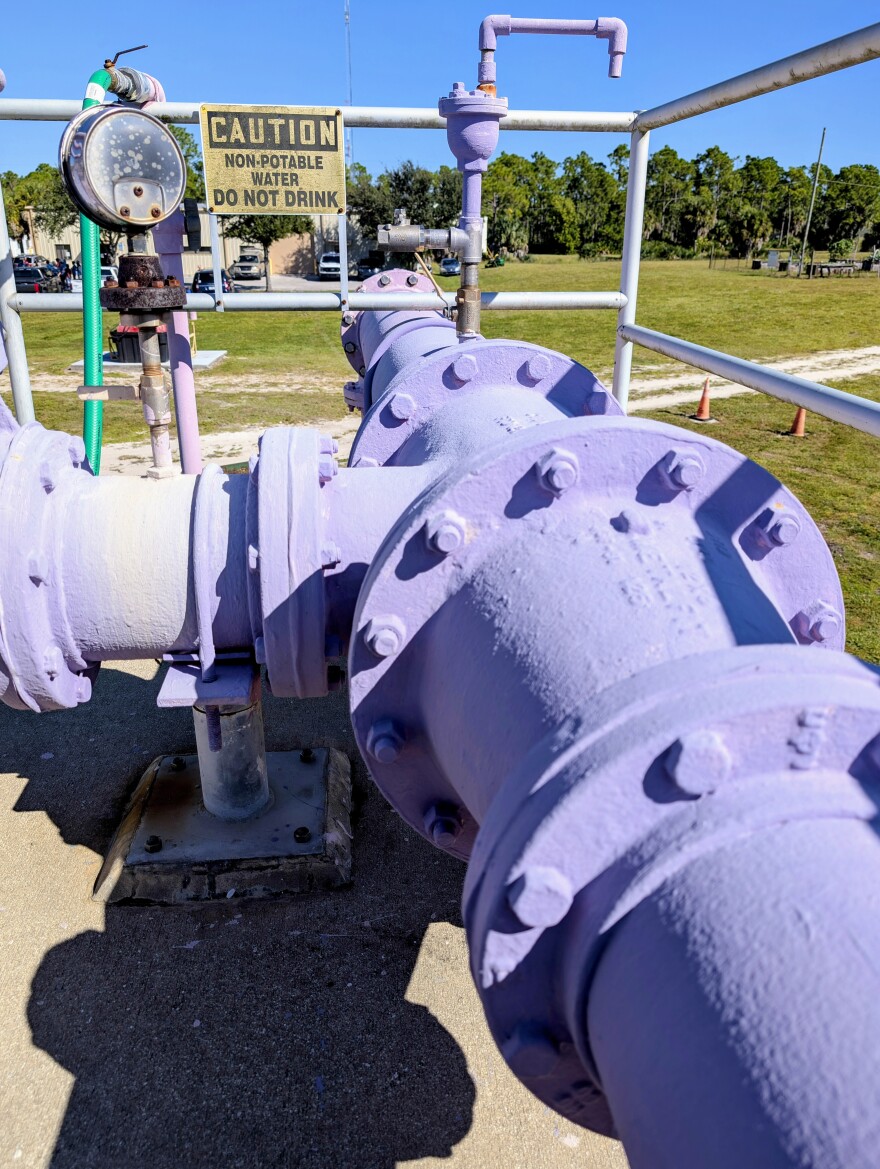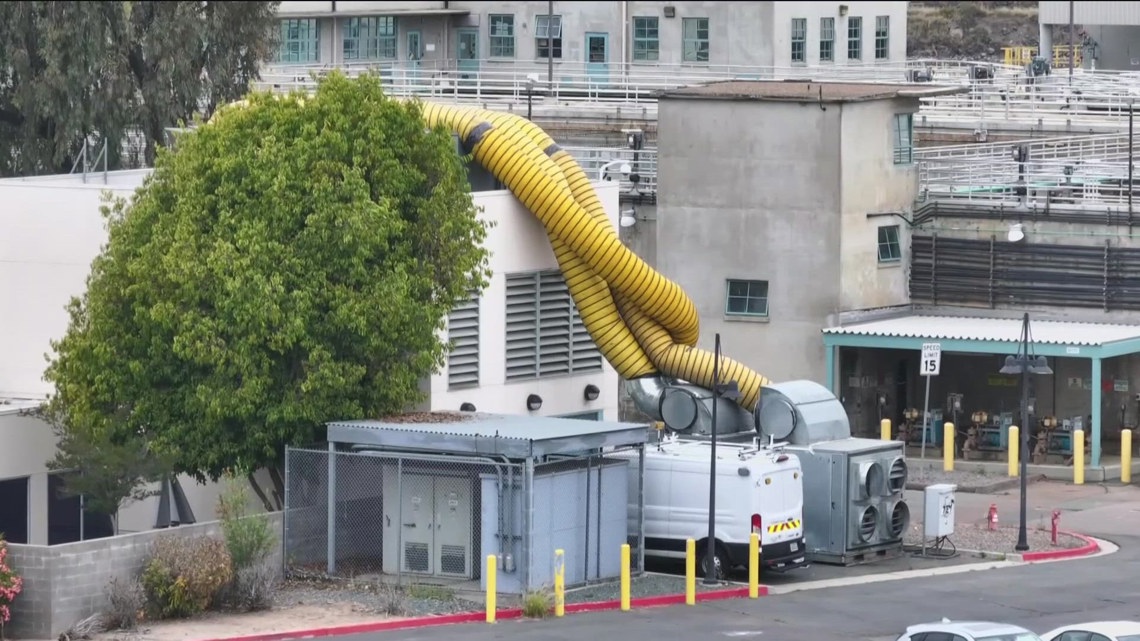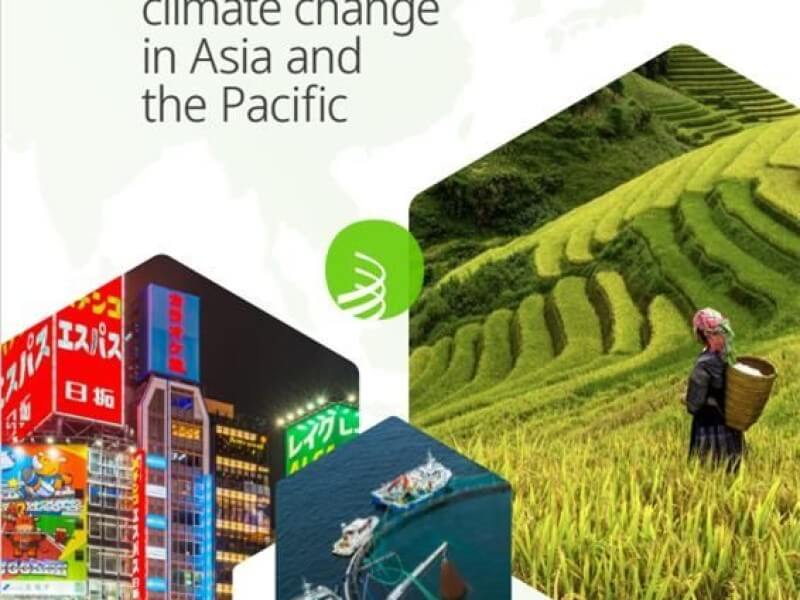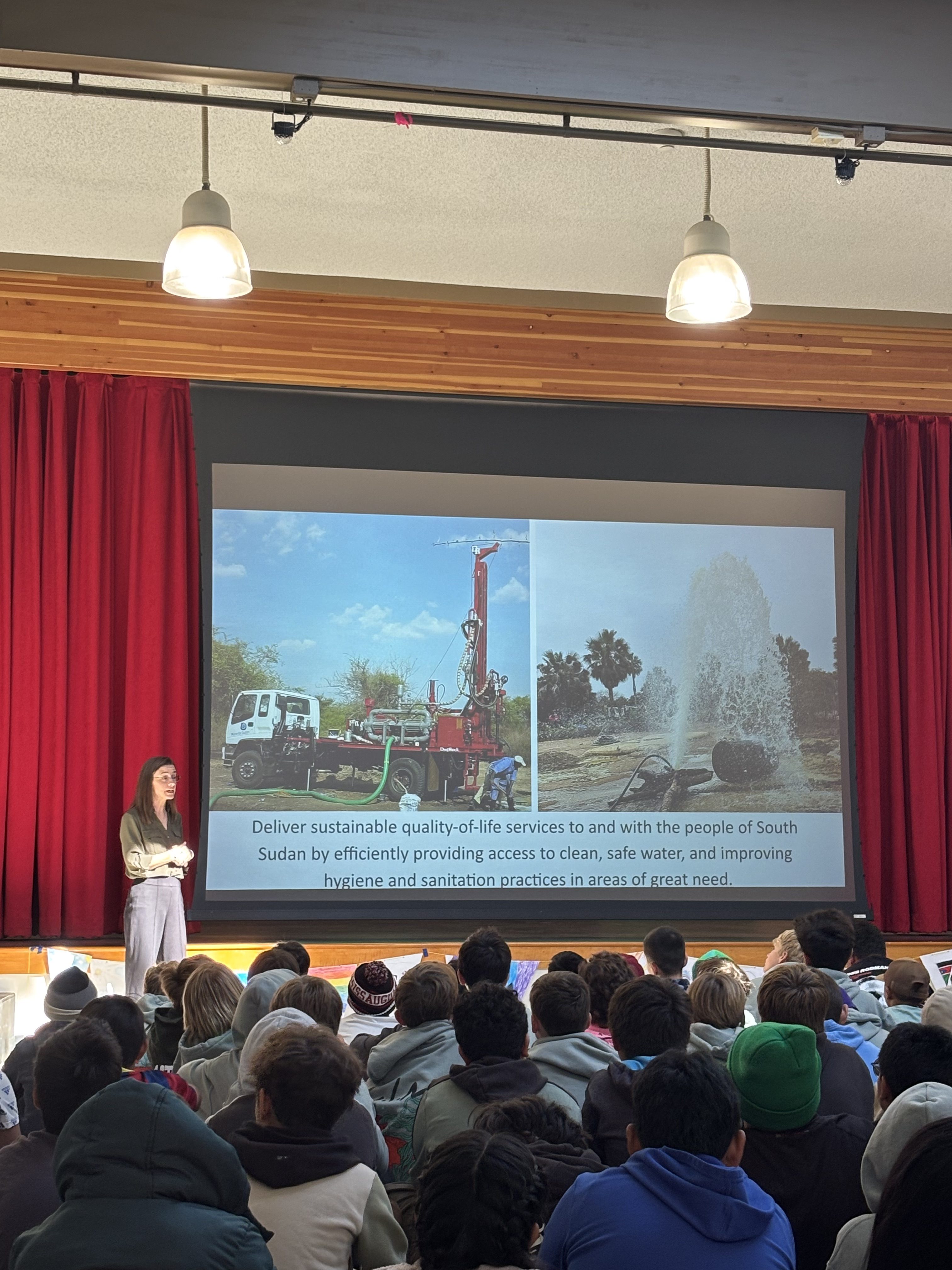Report on Operations at the Burnt Store Water Treatment and Reclamation Facility
Introduction: Advancing Sustainable Development Goal 6
The Burnt Store Water Treatment and Reclamation Facility in Charlotte County provides a critical service aligned with the United Nations’ Sustainable Development Goals (SDGs), particularly SDG 6: Clean Water and Sanitation. Through public tours, the facility educates the community on the complex processes required to treat wastewater, thereby fostering public understanding and support for sustainable water management. The facility’s operations are a direct implementation of SDG Target 6.3, which aims to improve water quality by reducing pollution and substantially increasing water recycling and safe reuse.
Wastewater Treatment Process: A Three-Stage Approach
The transformation of raw sewage into reclaimed water is a scientifically managed, three-stage process that ensures the protection of public health (SDG 3: Good Health and Well-being) and the environment (SDG 14: Life Below Water).
- Primary Treatment: Influent from up to 15,000 residents enters the headworks. In this initial stage, physical screens remove inorganic garbage and break down large organic solids. This mechanical process is the first step in reducing pollution from municipal sources.
- Secondary Treatment: The wastewater then moves to aeration tanks, or clarifiers. Here, oxygen is bubbled into the water to support vast colonies of microorganisms. These biological agents, including bacteria, protozoa, and fungi, are the primary workers in the decomposition of organic matter. This biological process is a sustainable method for purifying water, directly contributing to improved water quality.
- Tertiary Treatment: In the final stage, the mixture enters a tank where solid waste, or sludge, settles via gravity for removal and disposal. The remaining water is disinfected with a chlorine-based solution to eliminate harmful pathogens, ensuring it is safe for reuse.
Resource Management and Contribution to a Circular Economy
The facility’s output directly supports principles of responsible resource management and the circular economy, aligning with SDG 12: Responsible Consumption and Production.
- Water Reclamation: A significant portion of the treated water is distributed via purple pipes for non-potable uses, such as irrigating local parks, golf courses, and athletic fields. This practice reduces the demand on freshwater sources, promoting water-use efficiency as outlined in SDG 6.
- Aquifer Recharge: The remaining reclaimed water is injected into deep regional aquifers through an onsite well. This managed aquifer recharge helps maintain groundwater levels, contributing to the long-term sustainability of local water resources.
Infrastructure Challenges and Future Sustainability
The Burnt Store facility faces challenges common to critical infrastructure in growing regions, highlighting the importance of SDG 9: Industry, Innovation, and Infrastructure and SDG 11: Sustainable Cities and Communities.
- Population Growth: Rapid population growth is straining the 40-year-old facility’s capacity. In response, Charlotte County has approved a $20 million expansion to build resilient infrastructure capable of serving the community’s future needs.
- Workforce and Operations: The industry faces a potential shortage of skilled operators due to an aging workforce. Furthermore, operational efficiency is hampered when residents flush non-biodegradable items, underscoring the need for public education on responsible consumption habits (the “Three Ps”: paper, pee, and poo).
- Future Innovation: Advanced purification methods such as membrane filtration and reverse osmosis represent the future of wastewater treatment. The potential to produce potable water directly from wastewater by 2032 would mark a significant leap forward in achieving comprehensive water security and fulfilling the ambitions of SDG 6.
Analysis of Sustainable Development Goals
1. Which SDGs are addressed or connected to the issues highlighted in the article?
- SDG 6: Clean Water and Sanitation: This is the most central SDG. The entire article focuses on the process of wastewater treatment and reclamation at the Burnt Store facility. It details how human waste is removed from water, making it clean enough for reuse in irrigation or for injection into aquifers, directly addressing the goal of ensuring the availability and sustainable management of water and sanitation for all.
- SDG 9: Industry, Innovation and Infrastructure: The article discusses the physical infrastructure of the wastewater treatment plant. It mentions that the “40-year-old Burnt Store wastewater plant” is facing challenges due to a “rapidly growing population” and that the county has approved a “$20 million” expansion to “increase the facility’s capacity.” This relates to building resilient infrastructure and upgrading existing facilities.
- SDG 11: Sustainable Cities and Communities: The facility provides an essential service for a community of “up to 15,000 people a day.” By treating wastewater, the plant helps reduce the environmental impact of the community. The expansion plan is a direct response to making the community’s infrastructure sustainable in the face of rapid population growth.
- SDG 8: Decent Work and Economic Growth: The article touches upon workforce challenges, noting that “water plant operators in Florida are a largely talented group… but nearing retirement age and wondering who will want to take over the less-than-glamorous jobs.” This highlights issues related to skilled labor, succession planning, and the need to attract a new generation of workers to essential jobs.
2. What specific targets under those SDGs can be identified based on the article’s content?
- Target 6.3: By 2030, improve water quality by reducing pollution… halving the proportion of untreated wastewater and substantially increasing recycling and safe reuse globally. The article describes the three-step treatment process to clean raw wastewater. It explicitly mentions reuse, stating that reclaimed water is sent in “purple pipes to irrigate nearby parks, ball fields, and golf courses,” which directly aligns with increasing recycling and safe reuse.
- Target 6.a: By 2030, expand international cooperation and capacity-building support… in water- and sanitation-related activities and programmes… including wastewater treatment, recycling and reuse technologies. While the article focuses on a local level, the county’s approval of “$20 million to increase the facility’s capacity” is a clear example of investment and capacity-building in wastewater treatment infrastructure to meet growing demand.
- Target 9.1: Develop quality, reliable, sustainable and resilient infrastructure… to support economic development and human well-being. The expansion of the 40-year-old plant is a direct effort to upgrade and develop resilient infrastructure to ensure the continued and reliable provision of sanitation services for a growing population.
- Target 11.6: By 2030, reduce the adverse per capita environmental impact of cities, including by paying special attention to… municipal and other waste management. The facility’s function of treating all waste that is “flushed and drained by up to 15,000 people a day” is a core component of municipal waste management, directly reducing the community’s environmental footprint.
3. Are there any indicators mentioned or implied in the article that can be used to measure progress towards the identified targets?
- Proportion of wastewater safely treated (Indicator 6.3.1): The article describes a comprehensive three-step treatment process (primary, secondary, tertiary) that turns “raw wastewater into H2O clean enough to be used as reclaimed water.” This implies that 100% of the wastewater entering the plant from its service area is treated.
- Amount of investment in water and sanitation infrastructure (related to Indicator 6.a.1): A specific financial figure is provided: “The county approved $20 million to increase the facility’s capacity.” This is a direct quantitative indicator of financial commitment to improving sanitation infrastructure.
- Population served by the wastewater facility (related to Indicator 9.1.1 and 11.1.1): The article states the plant serves “up to 15,000 people a day.” The expansion plan aims to increase this capacity, providing a clear metric for the reach of this essential service.
- Volume of water reused: The article provides a qualitative indicator of water reuse, stating that “less than half of the reclaimed water produced… is sent out… to irrigate” while “the rest is injected into aquifers.” This points to a measurable volume of recycled water.
- Age profile of the workforce: The article implies a demographic indicator by describing the current operators as “nearing retirement age,” which highlights a challenge in sustaining the skilled workforce needed to operate such facilities.
Summary Table
4. Create a table with three columns titled ‘SDGs, Targets and Indicators” to present the findings from analyzing the article.
| SDGs | Targets | Indicators |
|---|---|---|
| SDG 6: Clean Water and Sanitation | 6.3: Improve water quality, treat wastewater, and increase safe reuse. |
|
| SDG 9: Industry, Innovation and Infrastructure | 9.1: Develop quality, reliable, sustainable and resilient infrastructure. |
|
| SDG 11: Sustainable Cities and Communities | 11.6: Reduce the adverse per capita environmental impact of cities, focusing on waste management. |
|
| SDG 8: Decent Work and Economic Growth | (Related to promoting full and productive employment) |
|
Source: wgcu.org







